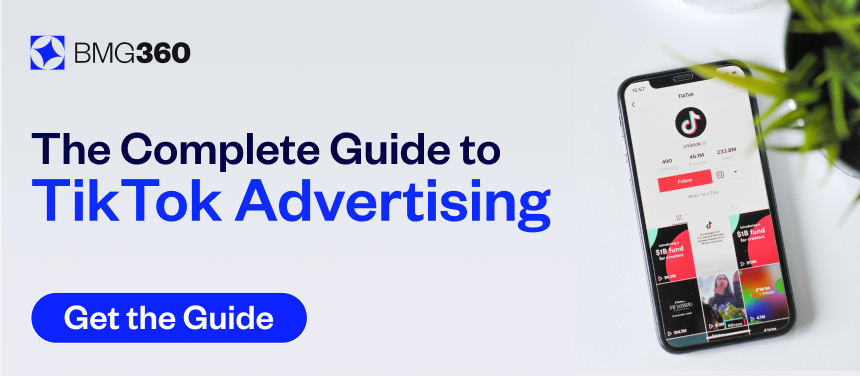You launch a fresh ad. It crushes for 72 hours. Then the numbers start to slide. Performance drops, and you wonder what went wrong.
Sound familiar?
This isn't necessarily happening because it’s a bad ad or because the offer sucks. More likely: ad creative fatigue. It's been getting worse.
What Causes Ad Fatigue in 2025
Here's the brutal reality: we don't always know exactly why ads fatigue. But the patterns are clear.
Automated campaigns are creating massive impression overlap. As media campaigns become increasingly automated and we lose control over specific exclusions during campaign setup, audiences are repeatedly exposed to identical content. This automated campaign fatigue happens because wide audiences get served the same creative without proper frequency controls.
Take a recent home services campaign. Strong launch, solid performance, then a cliff drop. Too many impressions to the same audience? Insufficient exclusions in automated ad settings? These are the critical questions driving Facebook ad fatigue across industries.
Why Automated Campaigns Accelerate Ad Fatigue
The automation challenge is real: algorithms prioritize delivery over diversity.
Traditional manual campaigns let you control audience overlap and impression frequency. Automated systems optimize for immediate performance, often at the expense of long-term creative sustainability.
The result? Impression overlap ad fatigue, where your best creative burns out in days, not weeks.
This speed of creative burnout advertising creates unpredictable performance swings. An ad crushing it Monday can be dead by Wednesday. The stress comes from not knowing if it's the creative, the funnel, or simple audience saturation.
Multi-Touch Attribution vs Creative Fatigue
Here's what changes everything: you need multiple touches for real impact.
We used to think ads that didn't convert on first view weren't good enough. That's partly true, but incomplete. In today's saturated digital environment, quality creative needs several impressions to resonate.
This is especially critical for high-consideration services. Nobody books a $60,000 home renovation after one ad. There's strategic nurturing required through different creative stages of the customer journey.
The challenge? Balancing necessary frequency with creative fatigue prevention. Too few touches, no conversion. Too many, audience burnout.
Ad Fatigue Solutions That Actually Work
Creative fatigue will continue hammering campaigns, but understanding the mechanics helps you build better defenses.
Strategic Response Framework:
- Create customer journey experiences through different creative stages
- Build systematic creative refresh protocols
- Balance frequency requirements with audience fatigue thresholds
- Maintain tighter controls within automated systems
- Implement aggressive channel diversification
Building Fatigue-Resistant Campaign Systems
The key is accepting creative fatigue as part of natural campaign evolution while building systems to identify and respond quickly.
Creative fatigue can hit every platform eventually. So resilient brands operate across multiple platforms and channels.
For example, TikTok, with 99% user engagement and 71% of TikTok Shop users converting after seeing products in their feed, presents 1.5 billion engaged users ready for your message.When one channel dips, another delivers. For example, when Facebook ad fatigue hits your primary creative, TikTok picks up the slack, vice versa. When automated campaign fatigue burns through your top performer, your systematic refresh protocol activates new assets.
This isn't about preventing ad creative fatigue, it's about building systems that make fatigue manageable and predictable.
Creative fatigue is the new normal. Your competitive advantage comes from responding faster and smarter than everyone else dealing with the same challenge.
